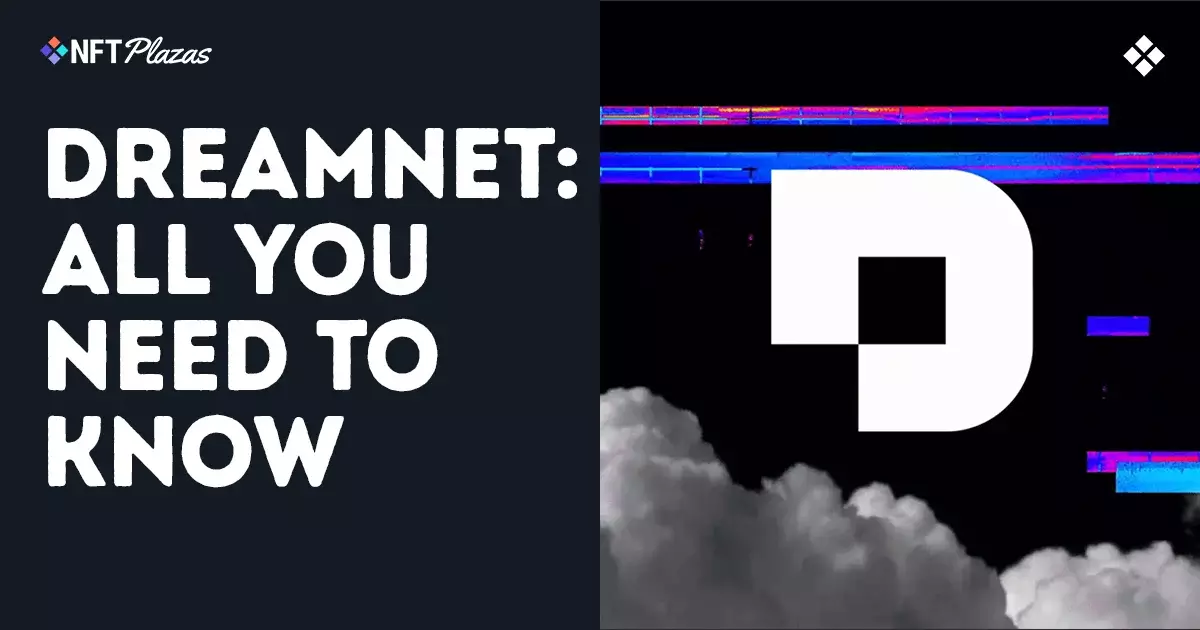In an era where technological advancement often sparks skepticism, DreamNet emerges as a bold attempt to redefine the boundaries of creativity within the digital landscape. Unlike traditional narratives driven solely by human imagination, this project endeavors to harness AI’s capacity for expansion while ensuring that human input remains central and rewarded. It represents a strategic middle ground—an innovative fusion of machine efficiency and human originality—aimed at creating a dynamic ecosystem where content evolution is democratized, incentivized, and decentralized.
This hybrid approach is anything but trivial. It challenges the conventional top-down power structures that dominate entertainment and digital art industries. Instead, DreamNet aspires to empower creators, providing them with the tools to shape worlds, characters, and lore in collaboration with AI. At its core, this concept does not just seek to automate content generation but to foster a symbiotic relationship where human ideas serve as the seed, and AI acts as the fertile ground for growth. This is a significant ideological shift—one that champions a community-driven, incentivized, and autonomous creative process.
The project’s innovative core hinges on blockchain technology, promising transparency, fairness, and true ownership. The community, rather than a central authority, is entrusted with the stewardship of narrative worlds, reward mechanisms, and development. Such decentralization promises to enhance trust and ensure that those who contribute meaningful ideas are adequately compensated, thus addressing long-standing concerns over intellectual property rights and monetization opportunities in digital art.
Decentralized Storytelling and the Democratization of Creativity
DreamNet’s vision is grand: to serve as an open platform where everyone—from casual fans to seasoned developers—can participate in shaping expansive worlds. Unlike existing intellectual properties confined within corporate silos, DreamNet intends to foster collaborative storytelling, enabling users to introduce characters, lore, locations, and plot points that enhance the richness of pre-existing universes. This collective effort is driven not just by creative passion but also by tangible rewards, notably in the form of $DOOD tokens, which underpin the entire ecosystem.
What sets DreamNet apart is its genuine commitment to rewarding human effort. Many blockchain or AI-driven projects falter because they fail to incentivize participation or reward quality contributions properly. In contrast, DreamNet’s reward system appears designed to be meritocratic, assessing audience reception and contribution quality to determine fair compensation. This fosters an environment where genuine creativity is valued—encouraging users to generate original content rather than frivolous ideas for quick gains.
Moreover, the platform’s infrastructure, built on multiple blockchain networks, underscores its intent to be a truly decentralized, community-led initiative. By leveraging blockchain’s immutability and transparency, DreamNet promises a safe space where contributions are tracked and rewarded fairly—an essential feature in an industry often criticized for opaque practices and creator exploitation. For this to succeed, the platform must strike a delicate balance: ensuring accessibility while maintaining rigorous quality standards, which can be a complex challenge in such open-ended environments.
Potential Impact on the Future of Entertainment and Digital Ownership
DreamNet’s potential goes beyond mere storytelling; it could redefine how we think about intellectual property, ownership, and creative influence in the digital age. If the project manages to create a thriving ecosystem of user-generated worlds, characters, and lore, it could set a precedent for other media industries—ranging from gaming to film—to adopt more democratized, community-driven models.
The project also raises critical questions about the role of AI as a tool rather than a replacement. By explicitly rewarding human input even as AI helps expand on those ideas, DreamNet champions the value of originality. It avoids the trap of AI displacing creators and instead positions it as an enhancer—amplifying human ingenuity rather than eroding it. This perspective is crucial because, without a clear boundary and fair incentive system, AI’s integration into creative processes could lead to superficial outputs that lack authentic emotional resonance.
Furthermore, by employing blockchain to ensure transparent reward mechanisms, DreamNet could dramatically reshape notions of digital ownership. Content created within its ecosystem, controlled via tokens and recorded on immutable ledgers, grants creators a genuine stake in their work. This feature could catalyze a new era where creators have control over their intellectual property and a clear pathway to monetization—an attractive proposition in an industry long plagued by copyright disputes and revenue disputes.
Lastly, the project signals a potential shift in how entertainment content is consumed and expanded. With its emphasis on community participation, DreamNet could lead to more immersive and interactive worlds, where audience input and creator contributions continuously evolve a narrative. This dynamic model might challenge traditional copyright limits, fostering a landscape where stories are living entities rather than static assets controlled by corporate entities.
In essence, DreamNet taps into the core of a burgeoning digital economy where ownership, creativity, and community are intertwined. Its success—or failure—will be a defining marker of whether AI-enabled decentralized storytelling can transition from a niche concept into a mainstream movement. As we stand on the precipice of this new frontier, skeptics may dismiss it as overly ambitious or idealistic; yet, its potential to democratize creativity and empower individual voices remains compelling. If harnessed correctly, DreamNet might just be the catalyst for a profound transformation in how we conceive, create, and own digital culture.

